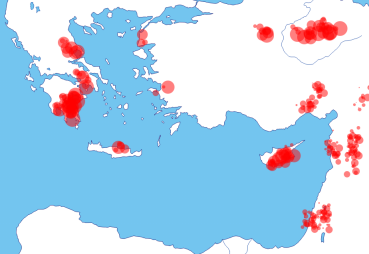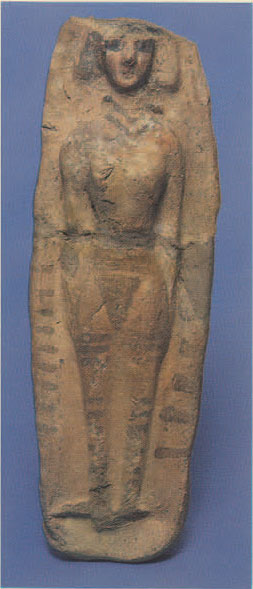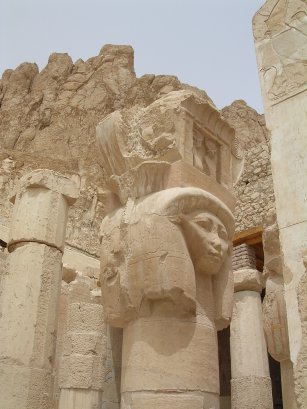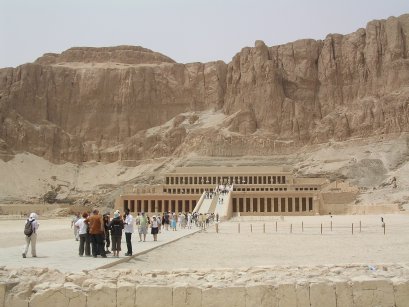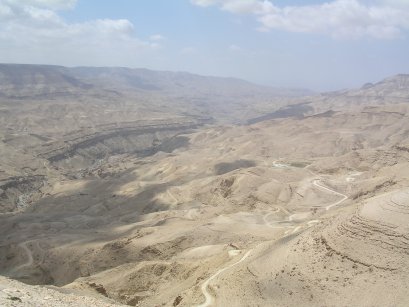Well, three snippets for today. Full reviews will follow on Amazon etc but I am a bit short of time today.

First up is Robert Drews’ The End of the Bronze Age which of course I have blogged about a couple of times before. I have now finished this so it’s time to draw it together. Basically my feeling is that Drews makes a good case for his principal point, which is that the collapse of almost all of the major Late Bronze civilisations around 1200BCE (which Drews simply calls The Catastrophe) was primarily the result of changes in military technology and tactics. Not everyone will agree with this, and Drews is happy to acknowledge that factors such as climate change, drought, migration, natural disasters such as earthquakes, and so on contributed to the collapse in particular locations. However, his most persuasive point is that these factors cannot have affected the whole of the eastern Mediterranean at the same time, and also that the great Late Bronze empires had faced these challenges before and overcome them.
His military explanation is built around an exploration of methods of warfare before and after 1200. Before, major powers (even minor city states) fought battles using elite bow-armed chariotry, supported by youths (called ‘runners’ in several traditions) who looked after their own and finished off the fallen enemy. Massed infantry formations did not exist as an active force, only as static defenders, and cavalry were used for scouting and pursuit rather than fighting. After the Catastrophe, infantry ruled the battlefield, having worked out how to neutralise the effect of the chariot arm. Weapons changed accordingly, with new designs of swords and javelins sweeping around the Mediterranean within a decade or two.
I am sure the debate will continue for some time to come, since solid textual and archaeological information is scarce around this era, but Drews has, in my view, put forward a compelling argument here.

Second up is a book which I purchased at Sutton Hoo a few week ago, Anglo-Saxon Runes, by John Kemble. This is actually a very old book, dating from 1840 but given a make-over and some editorial notes by Bill Griffiths in the 1990s with several reprints since. For me, reading this has more to do with historical interest since it is not an especially good source book for learning runes. It does, however, have some fascinating glimpses into the 19th century pursuit of language as well as a review of the major runic inscriptions available in his day.
Kemble was amply fitted for this study, having produced the first modern English version of Beowulf as well as a six-volume critical edition of various Anglo-Saxon documents and other similar stuff. His personality comes over very strongly in his writing – combative, passionate, and determined to get a wider knowledge of Anglo-Saxon runes into the general consciousness. It is clear from Griffiths’ notes that the better part of two centuries of research has altered some of Kemble’s conclusions, but a remarkable part of his work seems to have survived the passage of time. Tolkein fans will recognise some of the words that he re-energised for modern use from their Anglo-Saxon roots.

Finally (and strictly speaking still in progress) is The Venerable Bede’s Ecclesiastical History of the English People, a purchase inspired by my recent visit to the Vikings exhibition at the British Museum. I have wanted to read Bede for a considerable time and never got around to him, so now is my chance. It is clear even from a casual encounter that Bede writes as a historian in the same way that Luke does in the biblical book of Acts – both are keen observers of events but are more interested in their moral and spiritual implications than in a simple factual retelling. Some modern readers are put off by this, but it goes with the territory. Bede wanted to record what he saw as the pivotal events in English history up to his time (around 730 CE), and he understood ‘pivotal’ to mean those things which either advanced or thwarted the spread of the Christian gospel. A secondary interest was how royal morality or its opposite affected the life of the nation.
It is clear that Bede was selective in his sources, and aware only of some aspects of the life of the nation. He was diligent in finding sources, but not exhaustive. His geographical location in Northumbria rather limited the extent to which he could find out about events in the south. Other written or material information is now available to us for comparative purposes, so that a more rounded picture can be built up, but Bede remains a hugely important commentator on national religious life of that age. Great stuff.

